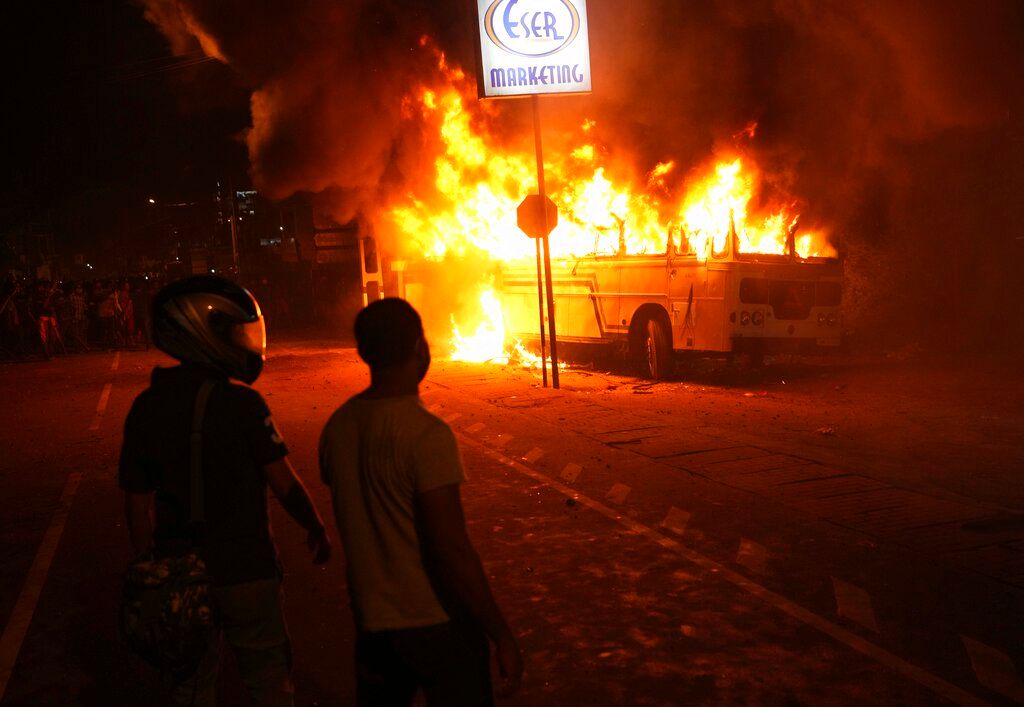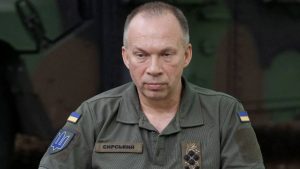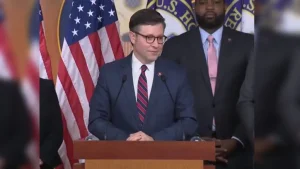In Sri Lanka, an
island of 22 million people, buses, cars and commercial vehicles are lined up on
streets. There’s no power for nearly 13 hours a day, bus services have stopped
running and movement of goods has become a problem. Sri Lanka doesn’t have the
money to buy fuel anymore and supplies have stopped coming in.
Sri Lanka’s
Transport Minister Dilum Amunugama said, “We’re siphoning off fuel from buses
that are in the garage for repairs and using that diesel to operate serviceable
vehicles.”
A week ago, the
Sri Lankan government deployed the military in gas stations to help ration fuel.
Peaking costs due to a foreign exchange crisis and devaluation of Sri Lanka’s
own currency has put the country on the brink of disaster.
“We don’t have
anything else to purchase fuel. Our main objective is to get fuel, essential
goods and medicine,” said Shehan Semasinghe, Sri Lanka’s household economy minister.
Also Read | As Taliban bans broadcast, United States launches satellite TV channel for Afghanistan
The crisis in Sri
Lanka has been long coming. The Russian invasion of Ukraine which disrupted
global supply chain, the coronavirus pandemic which badly hit the country’s
biggest industry – tourism, and rise in global inflation. However, domestic
factors have also had a major role to play.
When Mahinda
Rajapaksa was president from 2005 to 2015, Sri Lanka took on massive amounts of
debt from international financial institutions in order to fund its
infrastructure, in the hopes of becoming another Singapore. But the wide-eyed
infrastructure projects could not bring the kind of investment that was hoped
for.
While the next few
years did see a certain degree of recovery, with Maithripala Sirisena leading
the country, with high-interest loans exchanged for low-interest, long-term
loans, Gotabaya Rajapaksa’s ascent to the presidency witnessed a sweeping tax
cut prior to the coronavirus pandemic. As the pandemic hit, the
tourism-dependent country’s economy went into a tailspin.
“Sri Lanka’s
economy is experiencing multiple organ failure, and sepsis has set in,” said
Murtaza Jafferjee, chairman of a Colombo-based thinktank. Amid this crisis,
neighbours have come to aid. India has extended a credit line of $1.5 million
and China has pledged $2.5 million. Bangladesh and Myanmar are also expected to
help.







